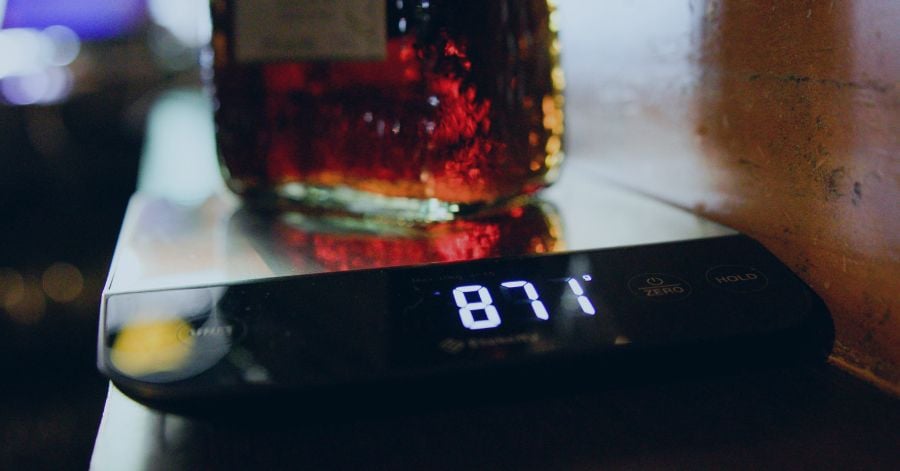After the past two years of lockdowns and restrictions on the hospitality industry, pent-up consumer demand means it should be a booming time for restaurants and bars.
While it is booming, there’s a new challenge that’s mitigating that demand for some businesses. The workforce shortage. In fact, a shortage of hospitality workers has left many restaurants and bars scaling back their operating hours in a bid to offset staffing challenges.
According to Statista, the number of restaurant employees in the US dropped 2.2 million from 2019 to 2020.
The Restaurant Workforce Shortage: How Technology Can Help.
A new report from Lightspeed HQ - Global State of the Hospitality Industry Report 2021, which surveyed over 2,000 global restaurant owners, operators, managers and guests around the world - looks at the workforce challenges facing restaurants and bars and how they are planning to mitigate them.
We’ve summarized some of the key findings in regards to the workforce shortage here:
The current state of hospitality staffing
Lightspeed’s survey respondents around the globe confirmed that staffing is an issue across the industry, with 48 percent of restaurant operators reporting that they have struggled to retain staff during the pandemic.
Here are just a few ways in which the restaurant operators said they were coping with workforce shortages:
- They are operating with less staff than they need.
- They have increased wages/benefits to attract and retain staff.
- They have reduced their operating hours.
At the moment, it is uncertain how long the workforce shortage will last, with the “Great Resignation” driving worker shortages across a range of industries. As a result, restaurants and bars should reconsider the demands and expectations they put on their existing staff members in an effort to avoid high churn.
In addition, restaurants and bar operators should consider focusing on building better working conditions, increasing wages and upping the benefits that their team gets.
There are four key areas that restaurants and bars will docs on moving forward to address the workforce shortage:
- Changes in operating hours.
- More automation technology to support employees.
- More benefits for employees.
- More flexibility for team members.
Guest behaviour is having an impact on restaurant and bar employee retention
There’s a wide range of reasons why restaurateurs and bar operators around the world are struggling to retain staff, with the “Great Resignation” the main driver behind workforce shortages across the industry.
However, reports of an increase in bad behaviour from guests is another significant factor.
There have always been difficult customers, but the report claims that pandemic rules and restrictions have created a new “epidemic of poor attitudes, from people disregarding staff requests to full-on verbal abuse and assault”.
Here are some key highlights:
- The US is the only country surveyed where the majority (62 percent) of restaurant workers report that guests are more demanding than ever before.
- France is the only country surveyed where the majority (54 percent) of restaurant workers report that guests have been more understanding than before.
- In Canada, the UK, Germany and the Netherlands there is a near-even split between the number of workers who report that guests seem to be more demanding (45 percent) and those who feel they have been more understanding (46 percent).
A Message from the Industry: Be Kind to Hospitality Staff!
Restaurants and bars will look to use technology to mitigate workforce challenges
The report found that, on average, 87 percent of industry respondents either somewhat or strongly agreed that new technology adoption over the last two years has been critical for their business’ survival.
An increasing number of businesses are coming around to the idea of using technology to automate and streamline operations. Technology is no longer seen as a job killer, but a necessary component of filling workforce gaps and supporting a smaller team.
The top countries where restaurant operators plan to utilize automation technology within the next two to three years:
- Netherlands (54 percent)
- Canada (51 percent)
- United States (50 percent)
- Germany (40 percent)
- United Kingdom (37 percent)
- France (35 percent)
There are a range of technologies that can be used to automate back-end processes, such as inventory management software.
Are you interested in learning how you can use technology to mitigate the risks associated with the workforce shortage? Get in touch with Sculpture Hospitality today. Our team of inventory management experts would love to help make your business more profitable!











